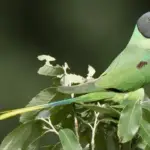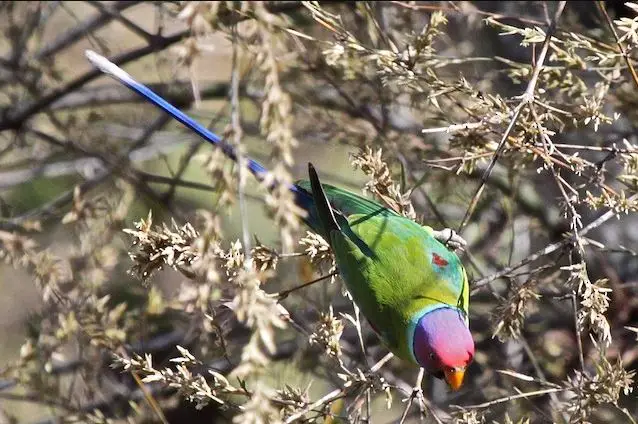
Systematics History
Birds decrease clinically in size from N to S, and head and rump become darker, but limits to proposed N subspecies bengalensis are too indistinct to make the name useful.
Meet my new baby Plum-Headed Parakeet
SOURCE: Love of Pets
Form rosa, in past erroneously associated with P. rosetta, is a synonym of cyanocephala. Artificial hybrids of present species and P. himalayana is shown to be responsible for the form treated in HBW as P. intermedia. Monotypic.
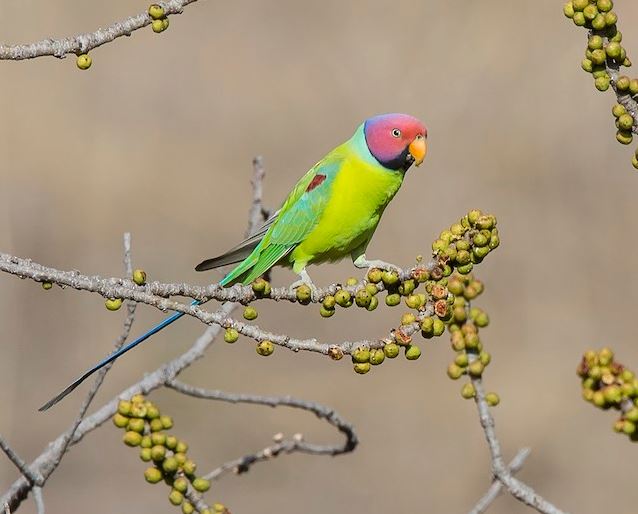
Plum head Parakeet
Subspecies
Monotypic.
Distribution
Indian Subcontinent from NE Pakistan to Bhutan and S to Sri Lanka.
Habitat
Moist deciduous forest and wooded habitats and adjacent clearings and cultivated areas in lowlands and hills to c. 1300 m, using pine zone Pinus roxburghii in Pakistan foothills.
Movement
Resident, but with marked local movements in response to the food supply.
Diet and Foraging
More frugivorous than most Psittacula parakeets, and prefer small to large seeds. Fruit of Ficus and Ziziphus, buds, fleshy petals, and nectar of plants such as Adhatoda vasica, Punica granatum, Salmalia, Butea, and Bassia,
seeds of thistles Echinops and Cnicus; feeding in Casuarina also noted. Sometimes visits cultivations inside the forest in flocks of several hundred, doing much damage to crops including rice, sorghum, maize, vegetables, and orchard fruit.

Sounds and Vocal Behavior
The commonest vocalization is a steeply up slurred nasal whistle, “huEET!”. When perched, utters a wider variety of nasal squeaks and chirrups, often in song-like phrases or in loud chorus by several members of a group.
Talking Plum Headed Parrot | Talking Parrot | Talking Parakeet | Tamed Parrot
SOURCE: InnoRative
Breeding
Dec-Apr; in Sri Lanka also occasionally Jul–Aug. Nest in a hole in tree trunk or bough, often in small colonies within one tree or group of trees; tall Pinus roxburghii are favored in Pakistan, while a Parkia recorded in Sri Lanka.
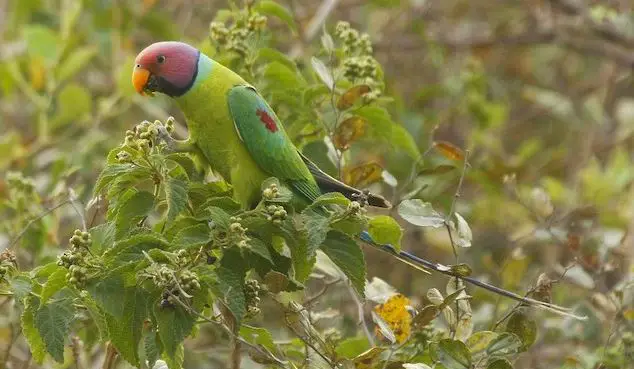
plum headed parakeet
Eggs 4–5, rarely 6; in captivity, incubation lasts 24 days, nestling period 6 weeks.
Conservation Status
Not globally threatened. CITES II. Fairly common in Nepal, but with an apparent decline in Kathmandu Valley. In India generally common.
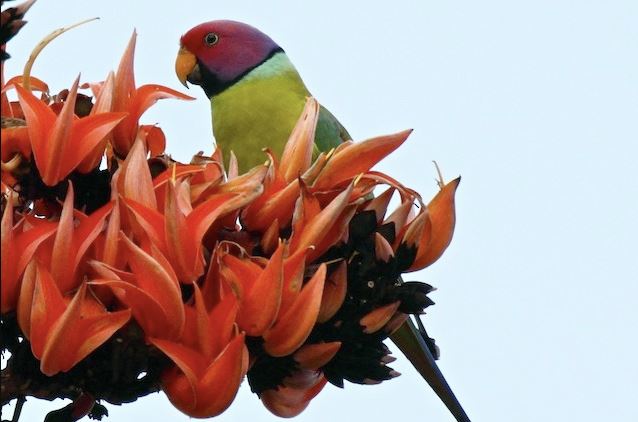
plum headed parakeet
Formerly abundant in the lowlands of Sri Lanka, habitat loss has forced range inwards and is now only common at mid-altitudes.
plum headed parakeet price
Pricing for this Plum-headed Parakeet ranges from $400 to $700
Plum headed Parakeet sounds(Cotys mum and Dad ,Red &Violet)
SOURCE: Parrot family tv


